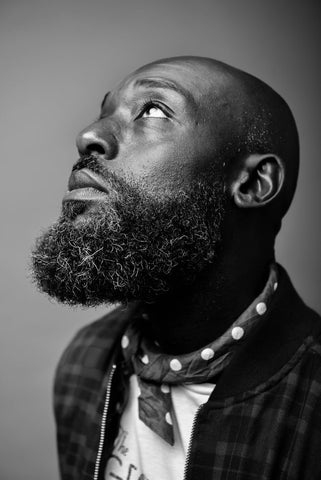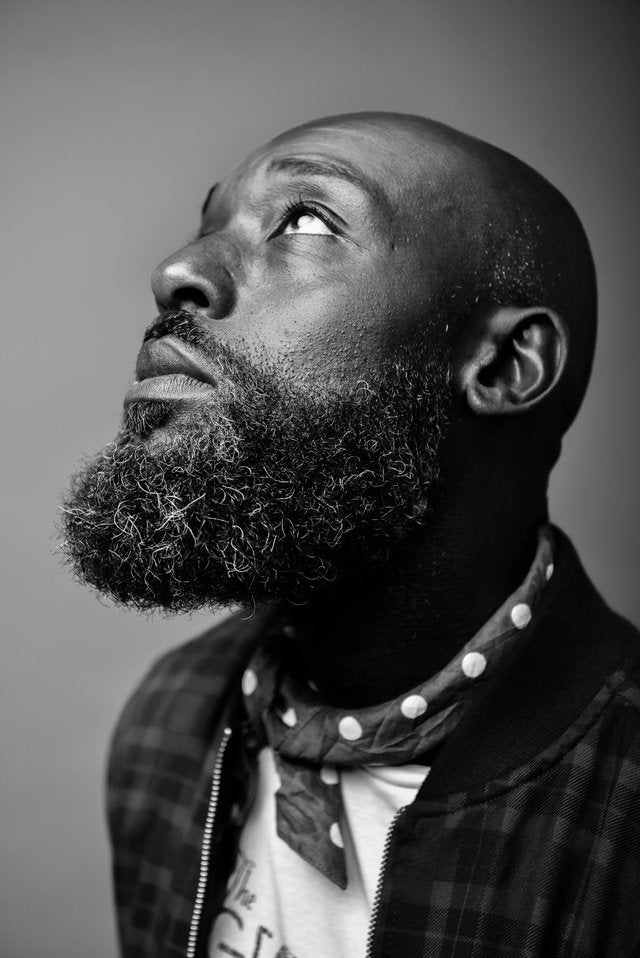If you are more accustomed to shaving with a cartridge razor, then you likely are used to getting the job done in long, single, perhaps even forceful strokes with one pass across the face.

Not so when wet shaving with a single or double-edge safety razor.
Table of Contents
Wet Shaving vs. Cartridge Razor Shaving
The difference between single blade shaving and multiple blade shaving is that shaving with a single blade is about beard reduction done in multiple “passes” on the face. Contrast this style with the immediate beard elimination expected by multi-blade cartridge razors.
Unlike cartridge razor shaving, single-blade shaving is typically done using a heavier safety razor. At least one of the reasons for using this type of razor is to let the weight of the razor to do the work of the shave.
Cartridge razors provide more immediate hair follicle elimination while safety razors provide hair follicle reduction.
It’s a near-perfect parallel to today’s immediate-gratification we expect.
Need an answer to both simple and complex questions? Google will have it to you no slower than you can ask or type. If it’s immediate news or information you are after, sometimes Twitter can be even faster.
Want any product? Amazon can get it to you with free two day shipping (or faster).
In this way, wet shaving is a throwback to a time when things may have taken just a little longer.
Fortunately for us, speed does not always equate to quality. Sometimes taking a bit more time on your shave not only increases customization, but will improve the overall quality of the shave. It’s the perfect example of how increasing speed can negatively impact quality, cost or both.
It is rare for a wet shaver to simply take a single pass of scraping off the shaving cream or soap and call it a day. In typical classic shaving form, each pass simply further reduces the length of the follicles.
Shave Pass One
The first pass is likely to cause the most noticeable amount of immediate change in the length of the hair follicles. However, upon further inspection by feel, you are likely to wonder this method is really even that effective. For those with highly sensitive skin or thin facial hair follicles, a single pass may be all that is required or desired. Again, in each pass little to no pressure is applied to the razor itself. The razor does the work.
Shave Pass Two
The second pass further reduces the length of the remaining hair follicle. For some less discerning and more sensitive skin types the second pass can be the last and final pass.
Shave Pass Three
In the third pass, the wet shaver will use his shaving brush to apply the last swath of shaving cream or soap and then the razor is used to reduce some of the final rough patches, getting the shaver to that baby-butt smooth feel. In most cases, the third pass is enough to get to the super smooth feel shavers typically are looking for in their regular morning bathroom routine.
Whether you are first starting out with safety razor shaving or if you are a long-time, experienced wet shaver, it is best to think of wet shaving as progressive beard reduction rather than quick and immediate beard elimination.


